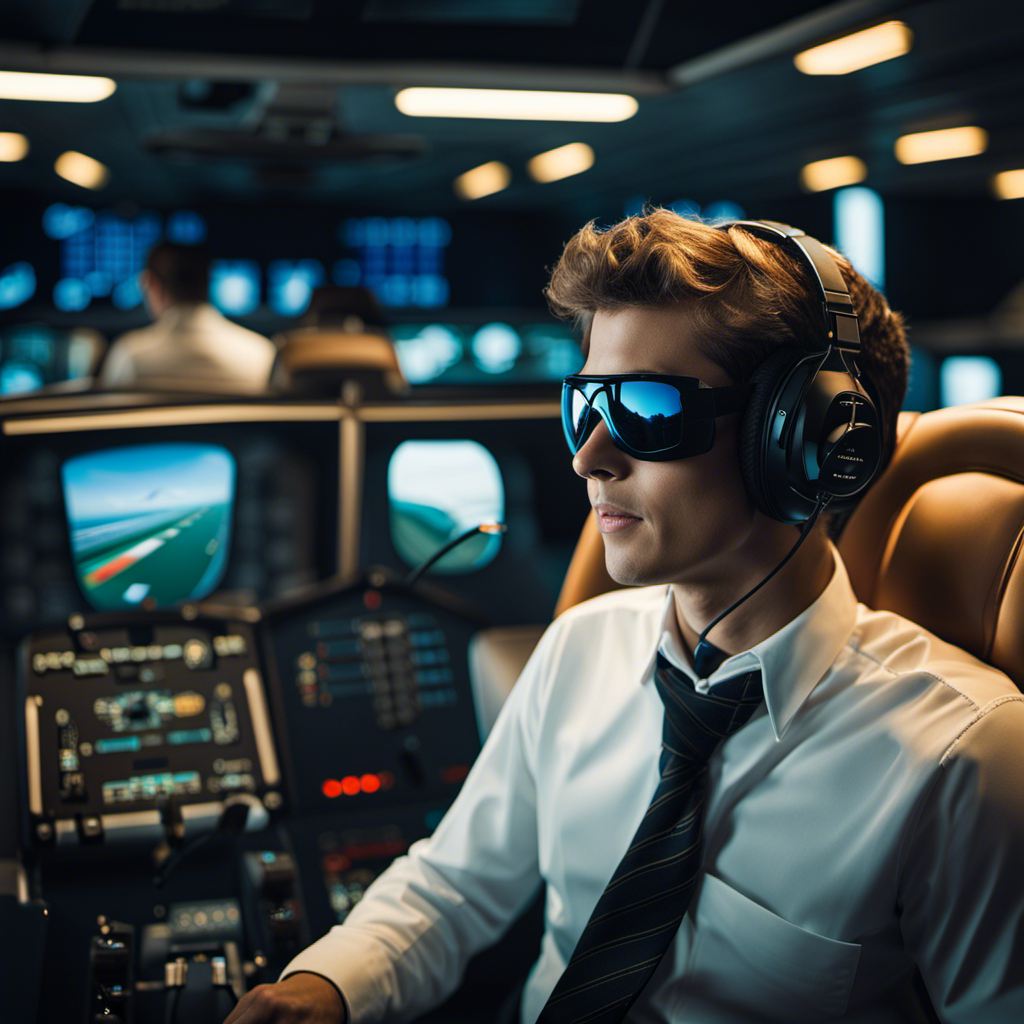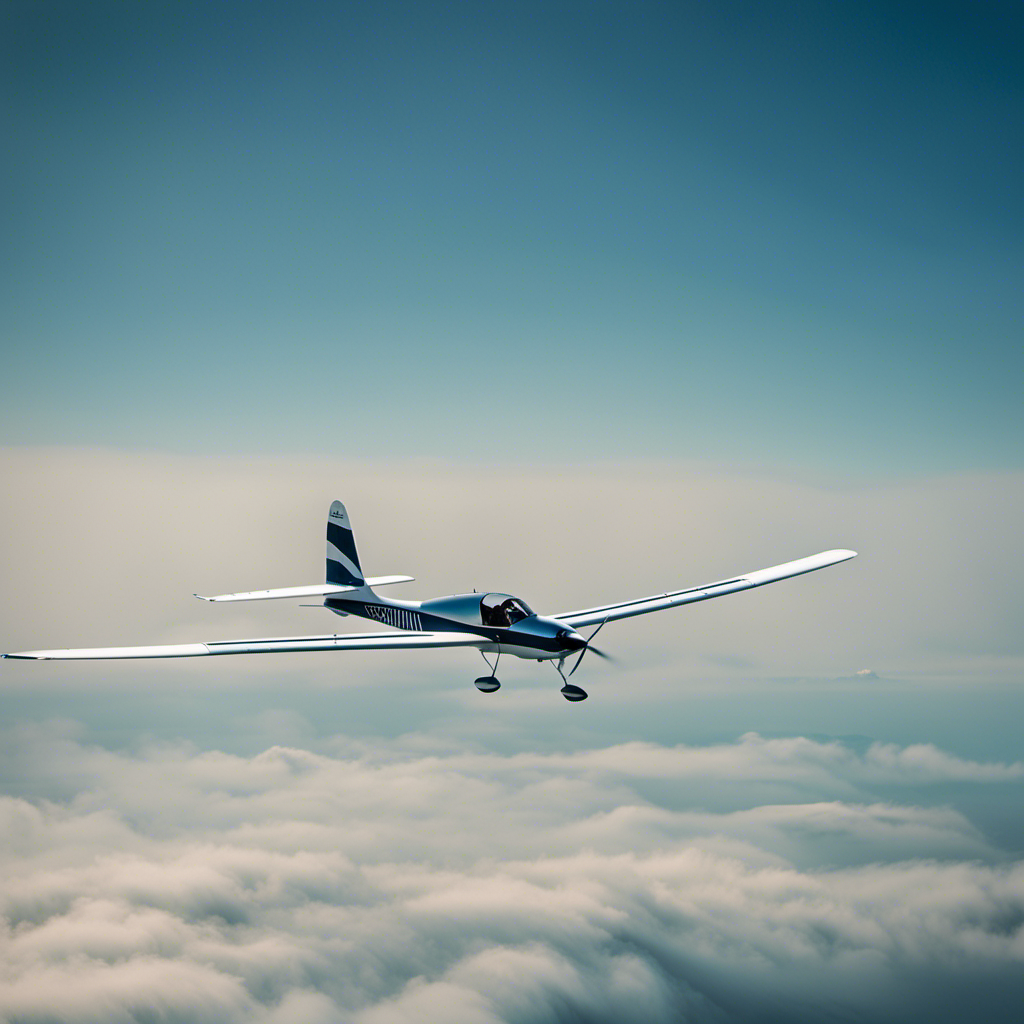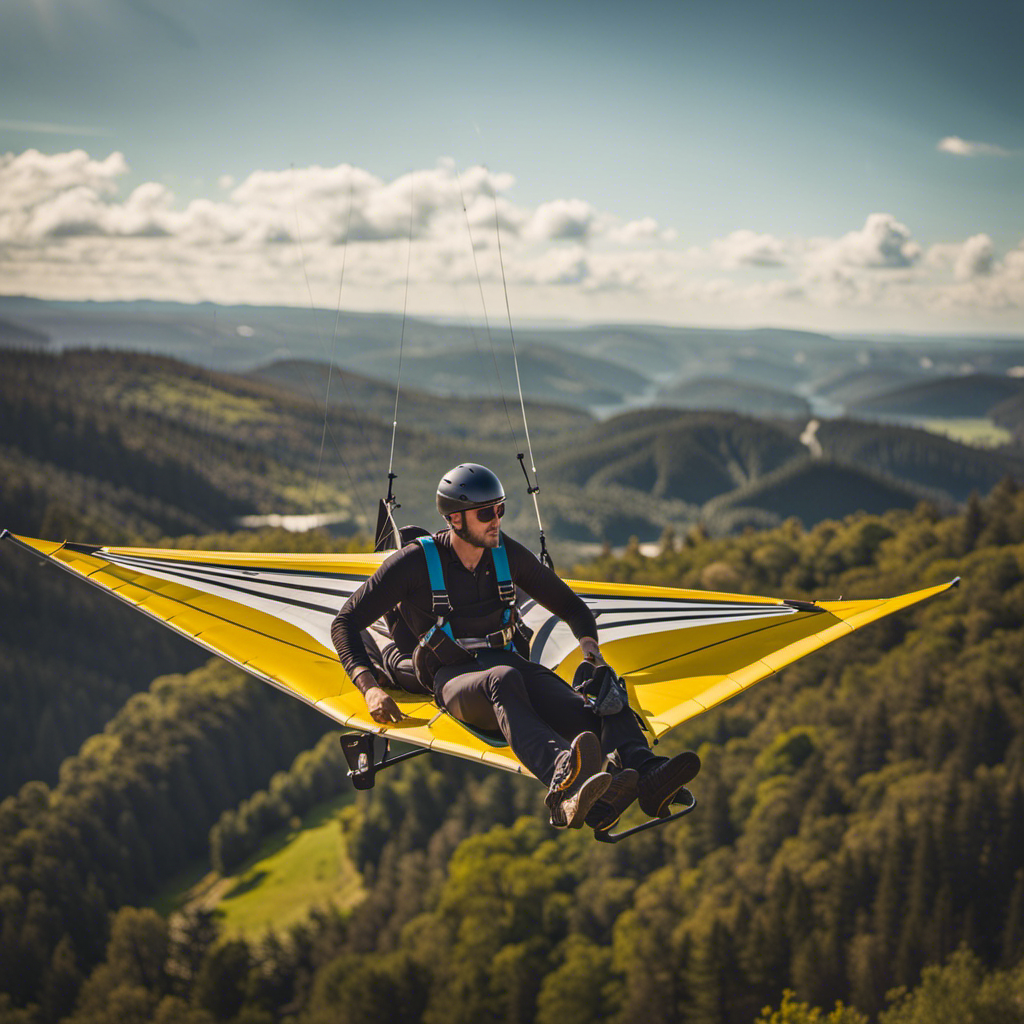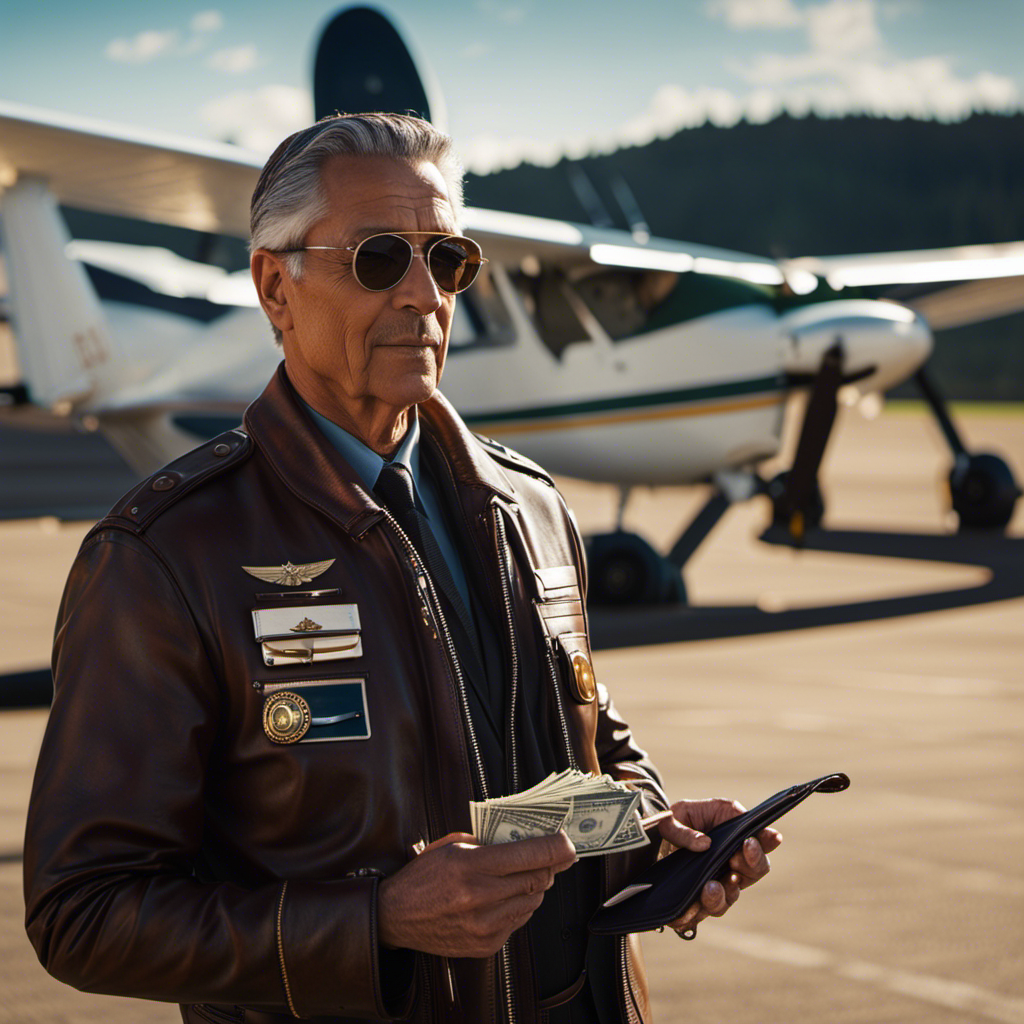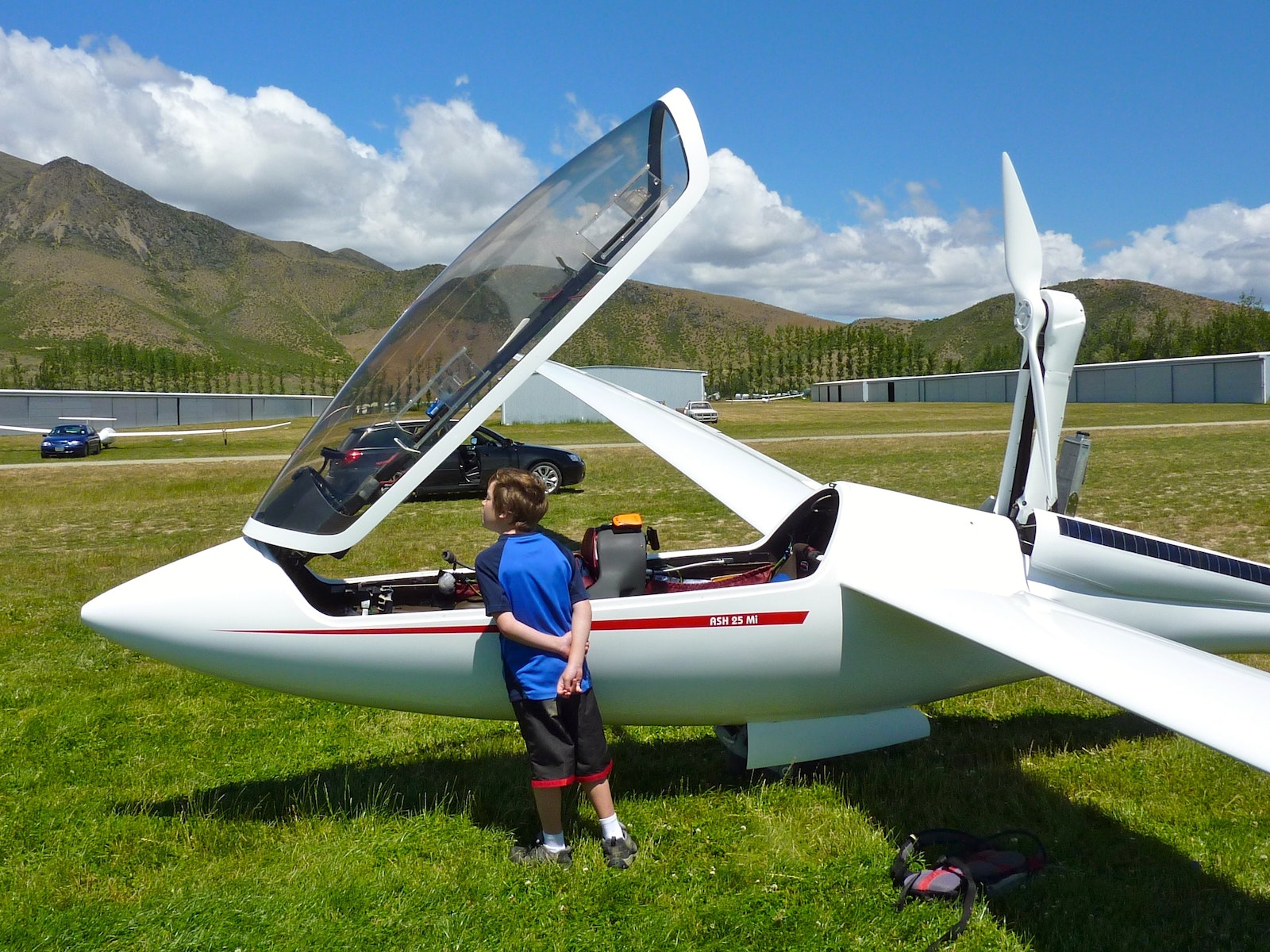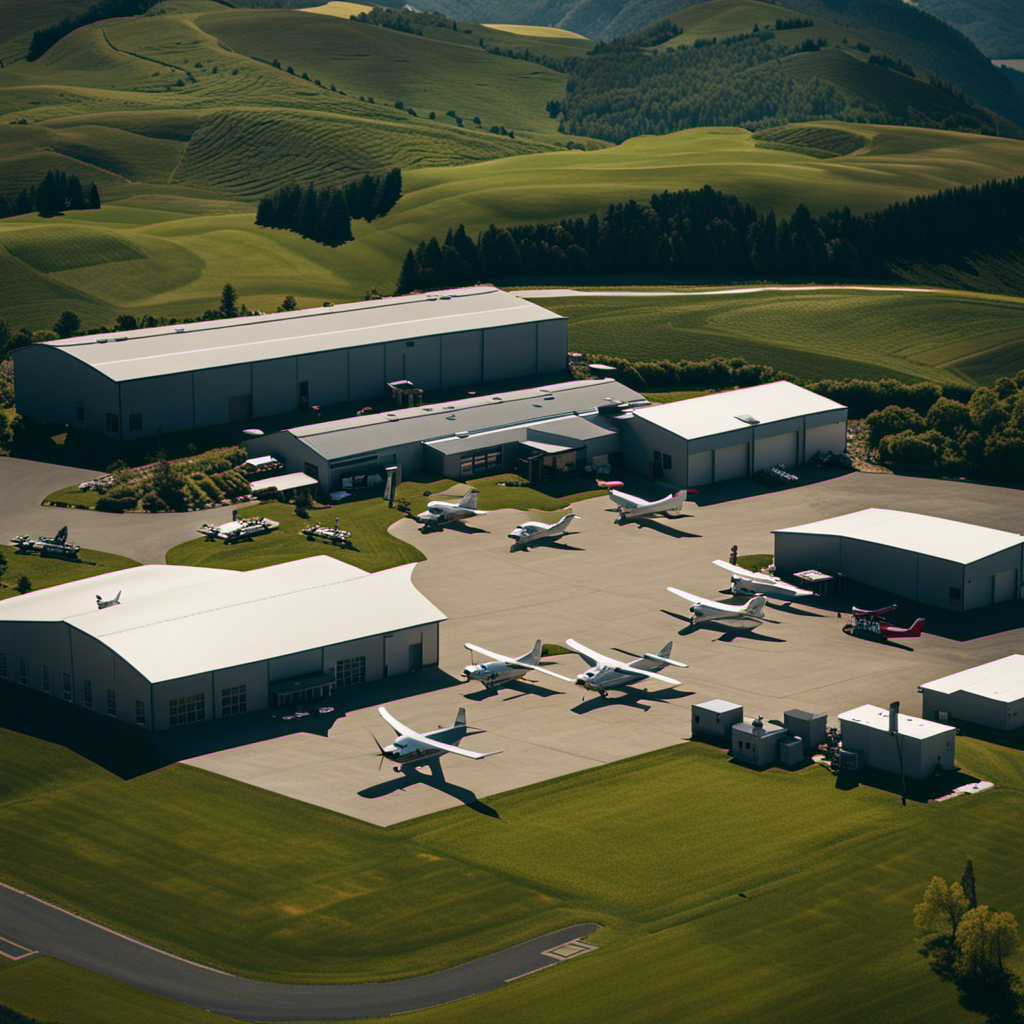I have always dreamed of flying an airplane, but the high costs and time commitment have discouraged me. However, imagine being able to learn how to fly for free, all from the comfort of your own home.
Well, with digital flight simulators, that dream can become a reality. In this article, we’ll explore the world of digital skyways and how you can learn to fly an airplane online, mastering takeoffs, landings, and even advanced maneuvers.
So fasten your seatbelts and get ready for an exhilarating journey into the virtual skies!
Key Takeaways
- Classic planes provide a nostalgic and immersive experience in flight simulators.
- Virtual flying communities offer opportunities for online training, interaction with aviation enthusiasts, and participation in events.
- Online flight training programs provide structured courses to learn basic maneuvers and advanced navigation techniques.
- Virtual reality flight training can enhance real-life flying preparation by simulating physical sensations and building muscle memory.
Explore the World of Digital Flight Simulators
If you’re interested in aviation, you can explore the world of digital flight simulators for free online. These simulators offer a realistic and immersive experience that allows aspiring pilots to undergo digital flight training and virtual pilot training.
With just a computer and an internet connection, you can step into the virtual cockpit of various aircraft and practice flying in different conditions and scenarios. Digital flight simulators provide a safe and cost-effective way to learn the basic principles of flight before taking to the skies.
Learn the Basic Principles of Flight
To understand how planes stay in the air, you need to grasp the basic principles of flight. It all comes down to aerodynamics and the principle of lift. Lift is the force that keeps an aircraft in the air, and it is generated by the motion of air over the wings.
As the air flows over the curved shape of the wing, it creates a pressure difference, with lower pressure on top and higher pressure on the bottom. This pressure difference generates an upward force, known as lift, which counteracts the force of gravity and allows the plane to stay aloft.
Understanding aerodynamics is crucial for pilots, as it helps them make informed decisions during flight. By comprehending the principles of lift and how it is affected by factors like airspeed, angle of attack, and wing design, pilots can optimize their aircraft’s performance and ensure a safe and efficient flight.
Now that we have a solid foundation in the principles of flight, let’s move on to mastering takeoffs and landings.
Master Takeoffs and Landings
Now that you understand the principles of flight, you can master takeoffs and landings by adjusting your approach angle and applying smooth throttle and control inputs.
When it comes to takeoff techniques, the key is to gradually increase the throttle while maintaining a steady climb angle. Keep the aircraft aligned with the runway using rudder inputs and gently lift the nose off the ground once you reach the recommended takeoff speed.
As for landing procedures, it’s important to maintain a stabilized approach by adjusting your approach angle and speed. Use the throttle to control the descent rate and flare the aircraft just before touchdown to ensure a smooth landing.
Navigate the Skies with Confidence
By mastering takeoffs and landings, you’ll gain the confidence to navigate the skies with ease. Building confidence is crucial when it comes to flying an airplane. As you gain experience through practice, you’ll become more comfortable in the cockpit and make better decisions during your flights.
Here are a few ways to build confidence and gain experience:
- Continuously practice takeoffs and landings to refine your technique and improve your skills.
- Fly in different weather conditions to become comfortable with various flight scenarios.
- Take on cross-country flights to navigate unfamiliar terrain and enhance your navigational skills.
Practice Advanced Maneuvers and Emergency Procedures
When practicing advanced maneuvers and emergency procedures, you’ll develop the skills necessary to handle challenging situations in the cockpit. These maneuvers include things like steep turns, stalls, and spins, which require precise control and coordination. By practicing these maneuvers, you’ll become more comfortable and proficient in handling the aircraft under different conditions.
Additionally, practicing emergency procedures such as engine failures or electrical malfunctions will prepare you for unexpected situations that may arise during flight. You’ll learn how to react quickly and make critical decisions to ensure the safety of yourself and your passengers.
Mastering these advanced maneuvers and emergency procedures is essential for every pilot, as it builds confidence and enhances overall flight skills.
Understanding air traffic control and communication is the next crucial step in becoming a proficient pilot.
Understand Air Traffic Control and Communication
Understanding air traffic control and communication is crucial for pilots to ensure safe and efficient movement in the airspace. Pilots must adhere to air traffic control procedures, which provide guidelines for maintaining separation between aircraft and coordinating their movements. Effective communication techniques play a vital role in this process.
Pilots use radio communication to relay important information such as their position, altitude, and intentions to air traffic controllers. Clear and concise communication is essential to prevent misunderstandings and potential hazards. Pilots also receive instructions from air traffic controllers regarding traffic, weather, and runway operations.
By understanding and following air traffic control procedures and utilizing effective communication techniques, pilots can navigate the airspace safely and efficiently.
Now let’s delve into the next topic, where we will learn about weather and its impact on flying.
Learn About Weather and Its Impact on Flying
To fully grasp the impact of weather on your flight, it’s important to learn about different weather phenomena and how they can affect your flying experience.
Understanding the effects of turbulence on aircraft is crucial because it can cause discomfort for passengers and even damage to the aircraft. Turbulence is caused by changes in air pressure and can be unpredictable, so pilots need to be prepared to handle it safely.
Additionally, exploring the role of wind in aviation performance is vital. Wind can affect the speed and direction of the aircraft, making takeoffs and landings more challenging. Pilots must be aware of wind conditions and adjust their flight plans accordingly.
By understanding these weather factors, pilots can ensure a safer and more efficient flight.
Now, let’s move on to discover different types of aircraft and their features.
Discover Different Types of Aircraft and Their Features
Let’s explore the various types of aircraft and their unique features.
-
Jet Fighters: Feel the adrenaline as you take control of a supersonic fighter jet, soaring through the skies with incredible speed and maneuverability.
-
Commercial Airliners: Experience the thrill of commanding a massive passenger aircraft, transporting people to distant destinations while enjoying the view from the cockpit.
-
Helicopters: Embrace the freedom of vertical flight as you pilot a helicopter, hovering above the ground and exploring hard-to-reach places with ease.
-
Vintage Planes: Step back in time and fly classic planes, appreciating the nostalgia and craftsmanship of these beloved aviation icons.
Within flight simulators, you can explore these different aircraft types and their features to create an immersive flying experience. From advanced cockpit controls to realistic flight dynamics, flight simulators allow you to truly understand what it takes to operate these incredible machines.
Join Virtual Flying Communities and Competitions
After familiarizing yourself with different types of aircraft and their features, it’s time to take your virtual flying experience to the next level. Joining virtual flying communities and participating in online flight training programs can provide you with a simulated environment to practice your skills and interact with other aviation enthusiasts.
These communities often organize virtual flying events and competitions, allowing you to test your abilities and compete against fellow pilots from around the world. Online flight training programs offer structured courses that cover a wide range of topics, from basic flight maneuvers to advanced navigation techniques.
Prepare for a Real-Life Flying Experience
Before taking to the skies, it’s important to prepare for a real-life flying experience. This involves obtaining a pilot’s license and completing the necessary training. Virtual reality flight training and flight simulator hardware can be valuable tools in this preparation.
Virtual reality flight training allows aspiring pilots to simulate real-life flying scenarios and practice their skills in a safe and controlled environment. By using flight simulator hardware, such as a joystick and rudder pedals, pilots can experience the physical sensations of flying. This enhances their training and builds muscle memory.
These virtual training tools provide a realistic and immersive experience. They allow pilots to familiarize themselves with the controls, procedures, and challenges they may face in an actual aircraft. By incorporating virtual reality flight training and flight simulator hardware into their preparation, aspiring pilots can gain confidence and proficiency before taking their first real flight.
Frequently Asked Questions
How do digital flight simulators compare to real-life flight training?
Digital flight simulators provide a realistic experience but lack the physical sensations of real-life flight training. However, online flight training offers benefits such as cost-effectiveness, convenience, and the ability to practice anytime, anywhere.
Are there any prerequisites or age restrictions for using digital flight simulators?
There are no prerequisites or age restrictions for using digital flight simulators. Anyone can learn to fly online for free, regardless of their experience or age, making it accessible to everyone.
Can I earn any certifications or qualifications through online flight training?
Yes, you can earn certifications and qualifications through online flight training. Many online programs offer courses that enable you to obtain various certifications and qualifications in aviation, such as private pilot licenses and instrument ratings.
What types of aircraft are available for simulation in digital flight simulators?
Different aircraft models are available for simulation in digital flight simulators. These simulators offer realistic flight controls, allowing users to experience flying various types of aircraft in a detailed and immersive manner.
Are there any additional costs or subscription fees associated with using digital flight simulators?
There are pros and cons to using digital flight simulators. One interesting statistic is that over 80% of pilots use simulators for training. When choosing a simulator, consider cost, features, and compatibility with your computer.
Conclusion
So there you have it, the world of digital skyways awaits! With the power of online flight simulators, you can learn to fly an airplane for free, right from the comfort of your own home.
From mastering the basic principles of flight to navigating the skies with confidence, these simulators offer a detailed and informative experience.
So why not take to the virtual skies and prepare yourself for the real-life flying experience that awaits? The possibilities are endless, so spread your wings and soar!
With a heart that soars as high as the skies, Aria, affectionately known as “Skylark,” is the driving force behind Soaring Skyways. Her journey into the gliding world began as a young dreamer gazing up at the soaring birds, yearning to experience the weightlessness and freedom they embodied. With years of experience both in the cockpit and behind the scenes, Aria’s commitment to the gliding community is unwavering.
